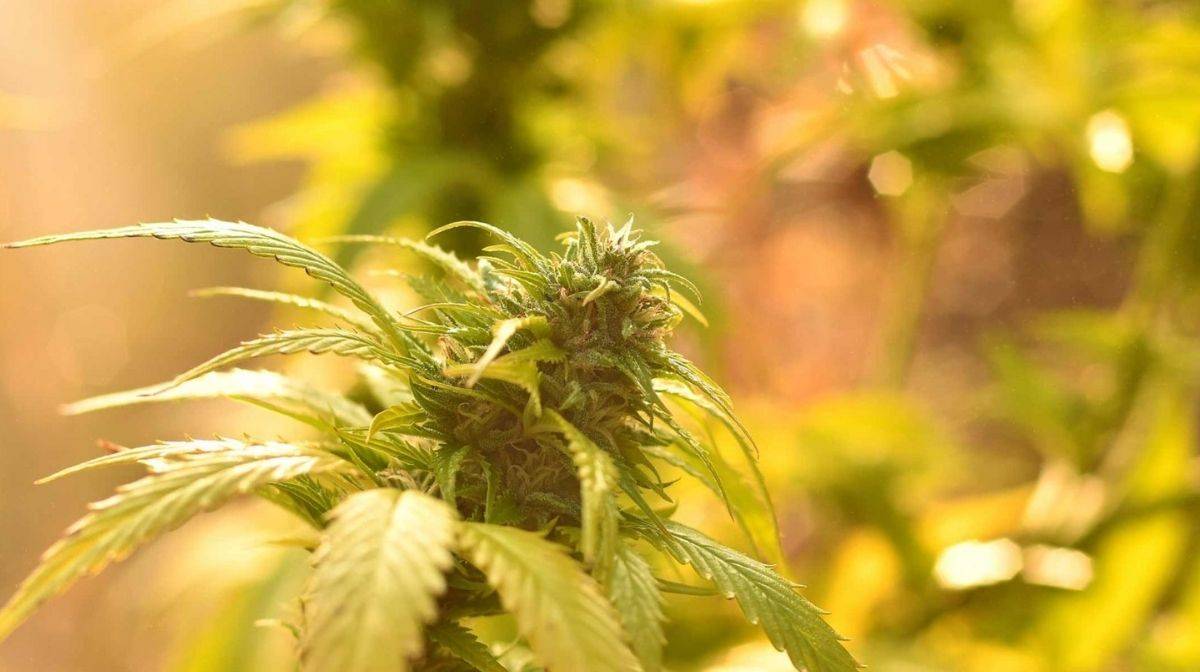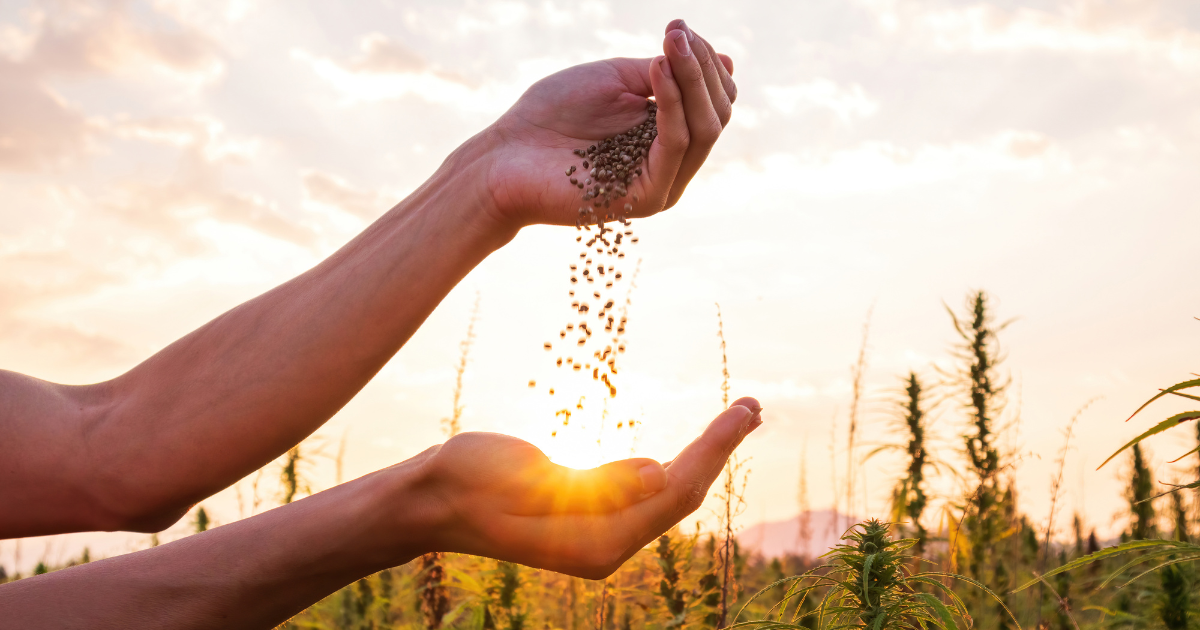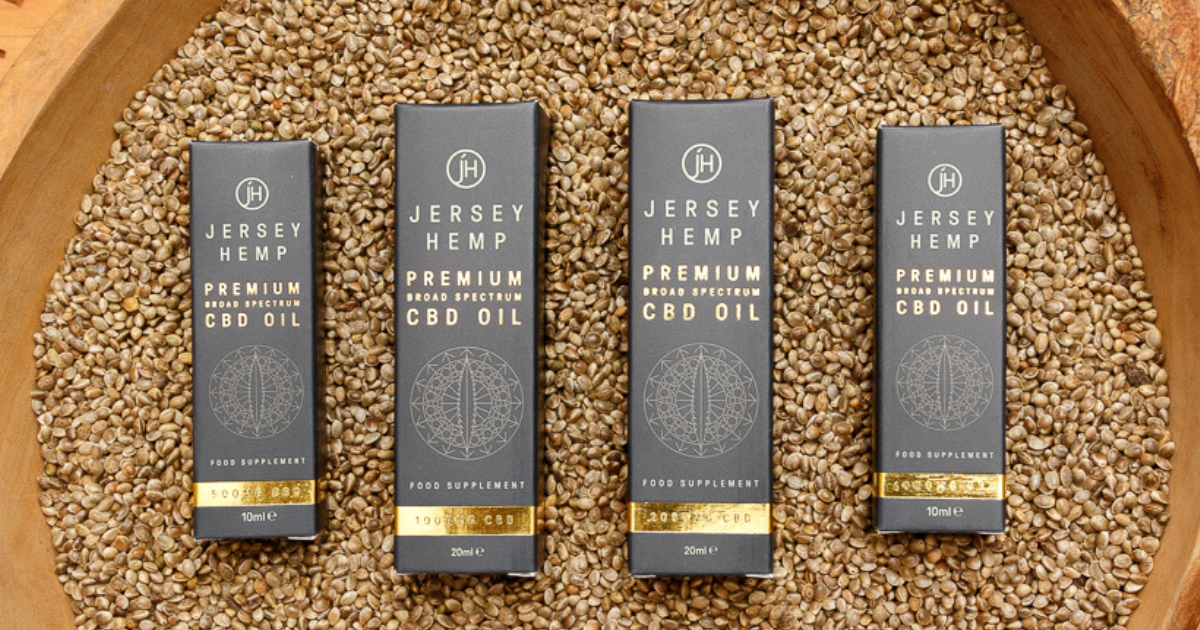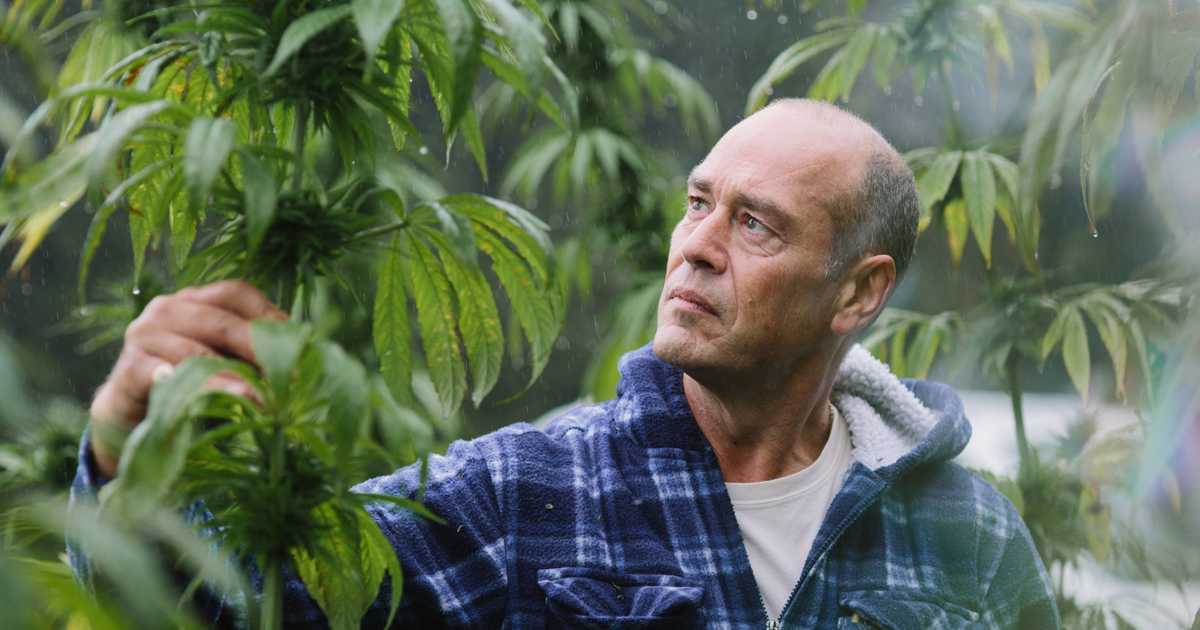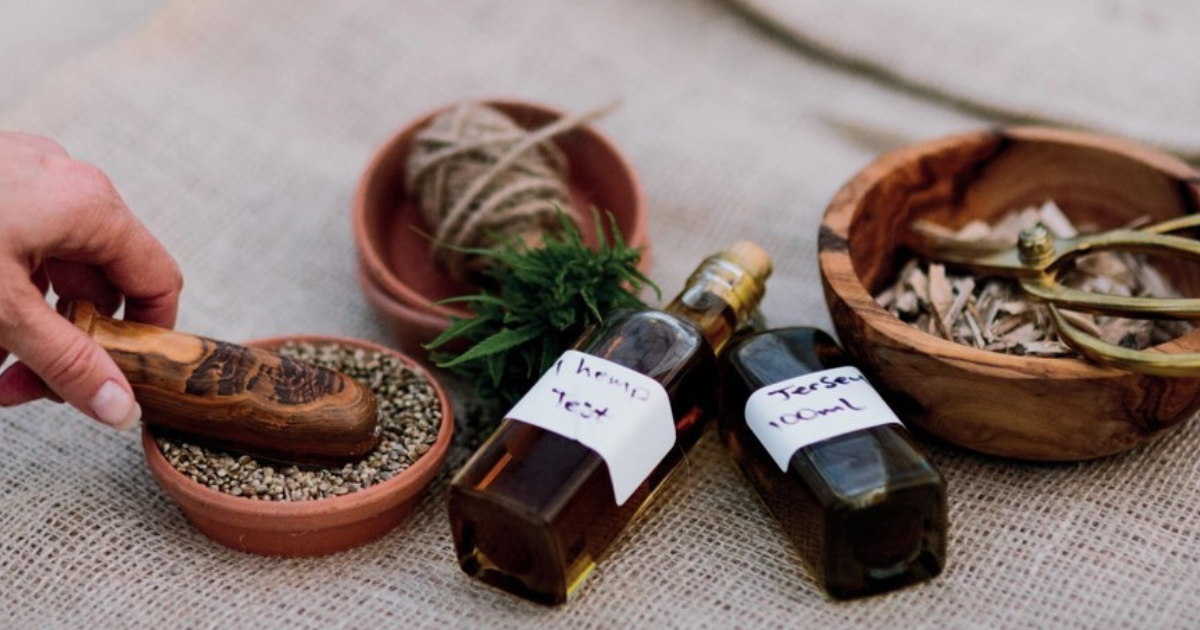Introduction
Globally, hemp has a rich and intriguing history. It literally forms part of the fabric of our agriculture and economy, with an array of other uses and benefits.
Ancient China: The Birthplace of Hemp
Dating back to Ancient China, use of hemp cord in pottery was identified at a Taiwanese village site dating back over 10,000 years. It’s widely recognised that China was likely the first to cultivate and use hemp for its many advantages. It was also the Chinese who first recorded the two different species of the cannabis plant; one tall, leafy and robust and the other short, bushy and full of buds.
Over the centuries, hemp’s popularity grew as fast as the plant itself. Demand for paper, rope, canvas, sails for ships and clothing was huge and hemp was nature’s answer. The versatile crop made its way eastward, via the Korean Peninsula and Japan, southward to India, Egypt and on to Europe; reaching Germany in 800BCE.
Hemp's Medicinal Properties
In 1000-1200 BCE, the Atharvaveda, a Hindu text which chronicles the rituals for living, anointed cannabis the ‘Sacred Grass,’ one of the five holy plants of India. In Egypt, hemp cloth was found in the Tomb of Pharoah Alchanaten, who is estimated to have died in 1334 BCE.
An Essential Part of Global Trade
The hemp trade boomed thanks to the intrepid travellers and merchants, along the famous Silk Road and beyond. By approximately 200-500 BCE, the original cannabis pioneers in China developed the means to make paper from hemp. Hemp paper became entrusted with holding the religious and spiritual texts from one end of the world to the other. In roughly 200 BCE, the Greeks found another purpose for hemp; using its curative properties, they utilised the plant to help ease all sorts of ailments, from earache to inflammation. History is dotted with examples of hemp being used for remedial and restorative purposes across the world and mostly for similar ailments and issues.
By the 8th Century, hemp was an essential part of well, everything. It fuelled its own migration, literally. Used by all sea-faring and traveling trades, its material was the engine and vehicle for its own transportation. Of course, this made hemp a very lucrative product indeed. Wars were fought over it, illnesses were tamed by it, cultural rituals depended on it, currency was created out of it and people relied on it for the basis of prosperity and wellness. Hemp was like gold.
Hemp in America
Everyone’s heard of Christopher Columbus, he ruled the ocean… He was able to do so because of hemp. In 1492, Columbus cast off from Spanish shores, with sturdy and reliable hemp ropes and sails; all three of his ships were rigged entirely from hemp fibres. After his death, Columbus had inadvertently introduced hemp to the ‘new world’ with his founding role in the European discovery of the Americas.
In 1533, King Henry VIII was something of a maverick when it came to spotting the potential of an Empire built on trade networks. Spearheading this revenue initiative with naval superiority and mercantile principles, King Henry mandated that all English farmers grow hemp to bolster his Royal Navy. Needless to say, Henry hedged the right bets on hemp and whilst his marriages may have been somewhat controversial, this king ruled well when it came to commerce.
The first English settlement in the Americas, known as Jamestown was a town built in the 1600s with a colossal use for hemp. Providing the typical canvas, rope and riggings, hemp was also used as fuel and for clothing. By the 1700s, hemp had become a staple crop, never ceasing to run out of advantages and benefits.
Today: A Resurgence
Hemp’s rein grew wild for centuries until quite recently, when in 1937 the United States of America declared it illegal. In the UK, it was first outlawed in 1971 but for many countries, hemp was still a prominent part of life. Check out some of our fascinating facts about hemp and it’s colourful history and interesting input to our civilisation. Looking back at names of people and places, the influence of the history of hemp is told through generations of families and areas where agriculture relied on the plant. The names, Hampshire, Hempstead, Hampton and even Les Quennevais all derive from the word, hemp. The word ‘canvas’ is a derivative of the word, ‘cannabis,’ which was of course, one of the primary products from the hemp plant.
Long after the prohibition and vilification of hemp, its roots are firmly planted in our history. As we realise the opportunities and abundance of uses for hemp and the holistic properties of the plant, humans and hemp seem to be sowing the seeds for a resurgence in its popularity.
At this point, you might be curious as to how this wonder plant went from hero to zero? What turned hemp from the most important crop known to mankind to public enemy number one?
Our next history blog post will highlight some of the reasons behind modern day prohibition of hemp and cannabinoids as well as the about turn in public perception of cannabis and marijuana. It might not be the same reasons you think…?


